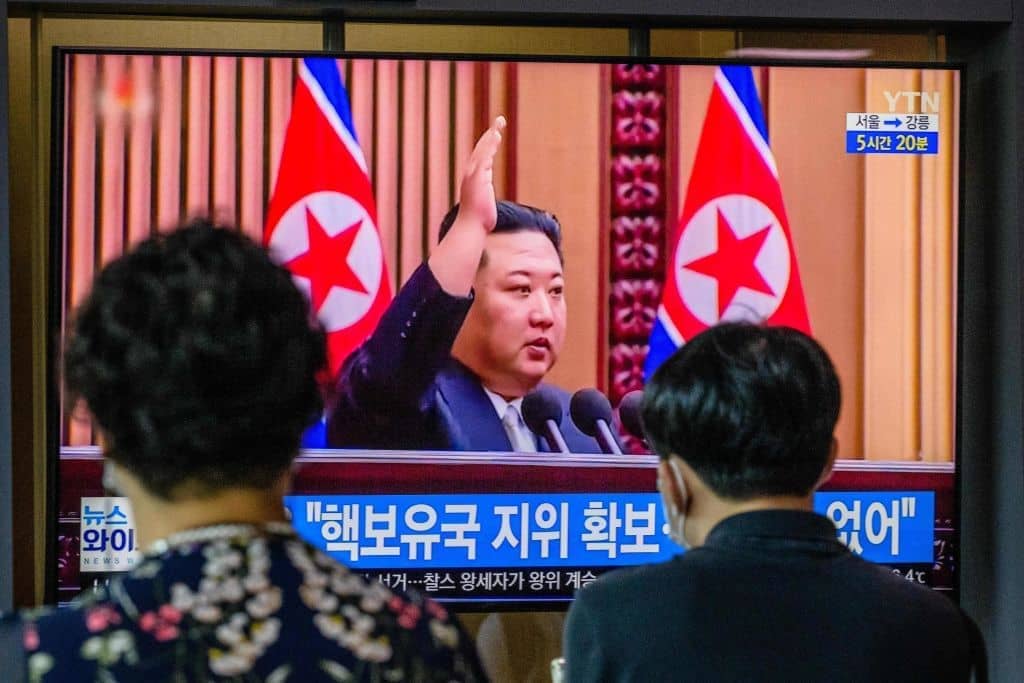North Korea is hardly the first country that comes to mind when you think of elections. Yet since the inception of the Democratic People’s Republic of Korea in 1948, parliamentary and local polls have, in fact, taken place. The former occur every four to five years and elect members of the Supreme People’s Assembly, the country’s rubber-stamp parliament and highest body of state authority. Since 1999, local elections have also been held, responsible for electing governors, mayors, and local assemblies at municipal, county, and provincial levels.
Predictably for a totalitarian regime, local elections – much like the Supreme People’s Assembly – are little more than a mere formality, with voter turnout usually at or around 100 per cent. Local elections at the end of November this year, however, seemed to buck this trend slightly, with voter turnout down slightly at 99.6 per cent, compared to 99.9 per cent four years ago.
The election results also revealed a glimmer of discontent among voters. North Korean state media announced how, contrary to previous occasions, the nearly 28,000 individuals elected as deputies to provincial, city, and county-level people’s assemblies did not gain the unwavering support of the voters. State media unusually highlighted how 0.09 per cent of voters voted against the candidates at the provincial level, and 0.13 per cent opposed those running for city and county-level positions. While these percentages may seem small, their very announcement is rare and revealing. It is certainly a contrast to previous elections, when the world had become accustomed to the platitudes of state media outlets lauding how, unlike in the West, North Korean elections receive nothing but a near-clean sweep of voter support.
The regime probably chose to report these so-called dissenting voices as part of a strategy
It would be more than naïve, however, to assume that the presence of opposing votes marks the sowing of seeds of democratisation in this reclusive state. First and foremost, the very existence of elections in North Korea is embedded in the ruling regime’s concerns with self-image. The veneer of free and fair elections offers an opportunity to project an appearance – particularly to international audiences – of a state governed by democratic norms and values. The regime probably chose to report these so-called dissenting voices as part of a strategy to bolster the supposed legitimacy of North Korea’s domestic political system, by depicting North Korea as just like any other ‘normal’ country.
There was another change in this latest round of elections. North Korea revised its electoral law in August this year, to allow, for the first time, multiple candidates to run for a single elected position. Pyongyang presented this as part of the regime’s campaign to ‘strengthen the people’s government’. But don’t be fooled: although there may be two candidates in the preliminary election stage, of whom one progresses to the final stage of voting, all candidates remain ultimately selected by the reigning Workers’ Party of Korea. For all the displays of a smiling, leather jacket-clad Kim Jong Un casting his vote, the ballot boxes used in local elections – where voters can vote either in favour of or against the nominated candidates – are closely monitored. By providing the façade of a secret ballot under the pretext of democracy, the North Korean regime can stoke domestic nationalism by heightening its portrayal of the state as free from the ills of corruption which, so the regime’s narrative goes, has plagued Western liberal democracies, not least North Korea’s enemies of South Korea and the United States.
November’s elections also reveal a clear irony. For all the North Korean government’s wishes to give the impression of a democratic society, Kim’s regime is toughening its grasp over society, imposing stringent controls on population movement during election periods, and intensifying everyday surveillance over the North Korean people. These measures are a culmination of three years of a draconian border closure imposed in January 2020 due to coronavirus, from which the country is only starting to recover. The closure of borders – which have only started to reopen, albeit sluggishly – have provided a convenient excuse for the regime to tighten its reach over society. Who can forget when, in 2021, Kim Jong Un lambasted North Korean youth for disobeying state ideology by sporting anti-socialist hairstyles and listening to K-pop, the latter which he called a ‘vicious cancer’.
But while North Korea’s elections are a sham, we should not simply dismiss last week’s lower voter turnout as inconsequential, even if the discrepancies may be tiny compared to what we are used to in the democratic West. Amidst a declining North Korean economy, the Supreme Leader has openly admitted his failure to deliver his ‘new strategic line’ of domestic economic development. Given the regime’s inability to provide public goods and services, it is perfectly plausible that popular trust in the regime is waning. More than a few North Koreans will be harbouring feelings of pessimism towards the regime’s democratic tricks, even if such scepticism remains confined largely to the private sphere, with no Pyongyang Spring on the horizon.
It is a useful rule of thumb that any country with ‘democratic’ in its name is as far from a democracy as possible. North Korea is no exception: democratic by name, but not by nature.






Comments